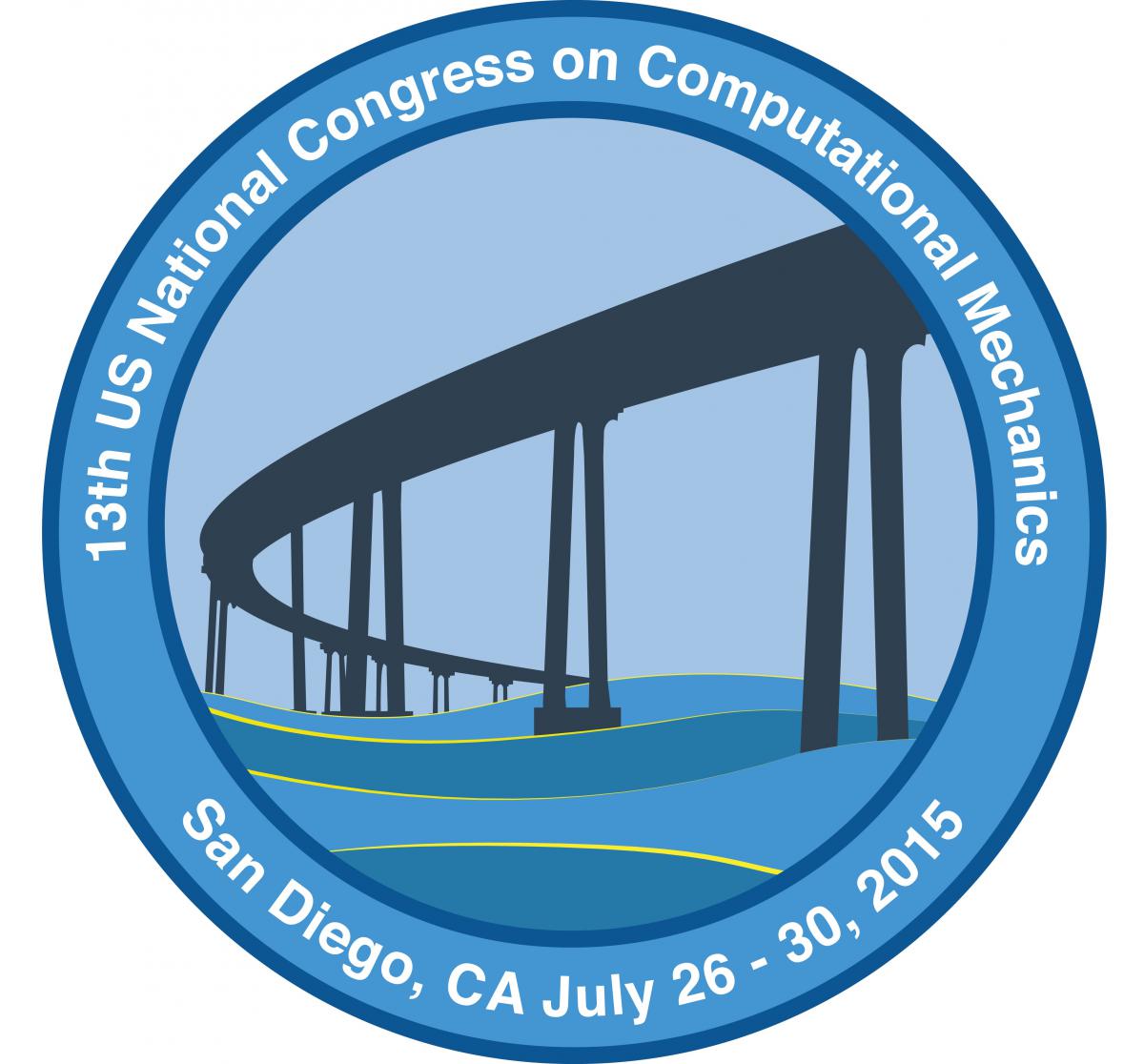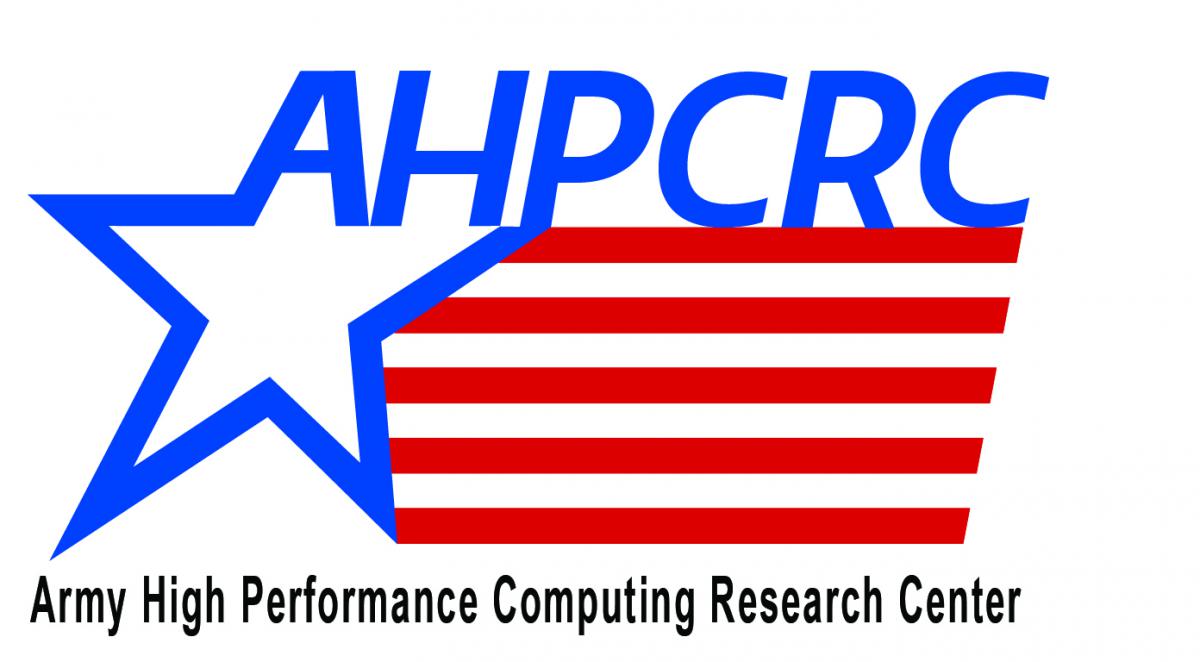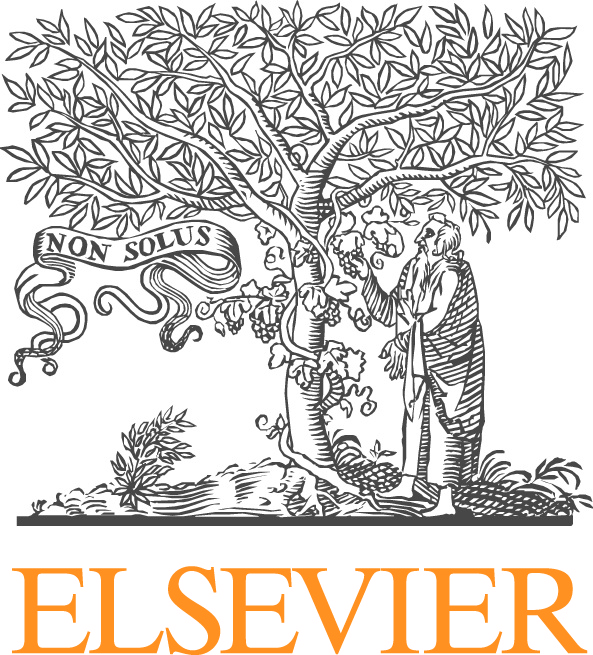Parallel Processing Techniques and Applications in Medicine
One way to improve the computational performance is by increasing the clock speed of the computing core. This approach has however hit a roadblock due to the physical limits of the silicon wafer [1]. Besides, this approach of simply increasing the clock cycle of a chip could lead to a power barrier, significant heat dissipation, and current leakage issues. These physical factors lead hardware designers to adopt an alternative approach of incorporating more computational cores with moderate clock speed on a chip. Therefore, applications in computational medicine that demand high performance computation cannot naturally exploit performance gain from every new release of a chip. This performance gap have become more apparent with increase in the data size and processing time in medical applications [2], [3]. The runtime performance can only be improved by adopting the concurrent execution. This entails designing and developing new algorithms and techniques that can exploit parallel processing hardware. However, parallelization of an existing algorithm is a challenging task as the performance gain would be insignificant if parallel nature of the computational problem is not thoroughly examined. In addition, the development of parallel routines require careful consideration of parallel hardware (e.g. Intel MIC, GPUs, FGPAs, Cloud) and the software frameworks (e.g. threading libraries; OpenMP, CUDA, OpenCL, WebCL). Moreover, computational steps of the underlying problem have to be carefully redesigned to run very efficiently on the specific parallel hardware. This necessitates comprehensive design and development phase following an empirical testing phase to measure the performance gains. In this mini symposium, the talks will be solicited on parallel processing applications related to computational medicine including but not limited to; biomedical modeling, bioinformatics such as massive network clustering in medical data, medical diagnosis, image segmentation and registration, 3D and 4D visualization; image and volume rendering, multimodal applications in medicine; real-time virtual and augmented reality based surgery, medical robotics, tele surgery, and parallel mobile health applications.
References:
[1] H. Sutter, “The free lunch is over: A fundamental turn toward concurrency in software,” Dr Dobb’s J., vol. 30, no. 3, pp. 16–20, 2005.
[2] R. Shams, P. Sadeghi, R. A. Kennedy, and R. I. Hartley, “A survey of medical image registration on multicore and the GPU,” Signal Process. Mag. IEEE, vol. 27, no. 2, pp. 50–60, 2010.
[3] G. Pratx and L. Xing, “GPU computing in medical physics: A review,” Med. Phys., vol. 38, no. 5, pp. 2685–2697, 2011.





